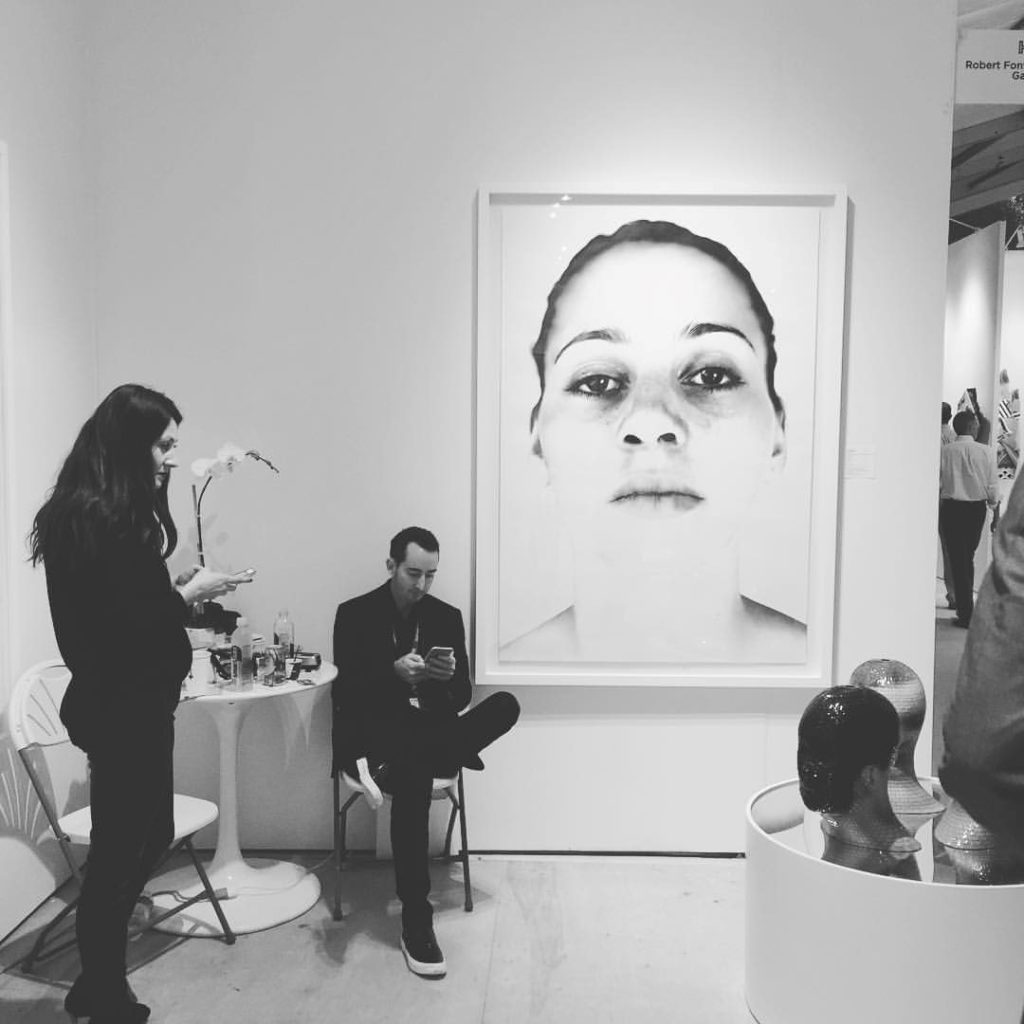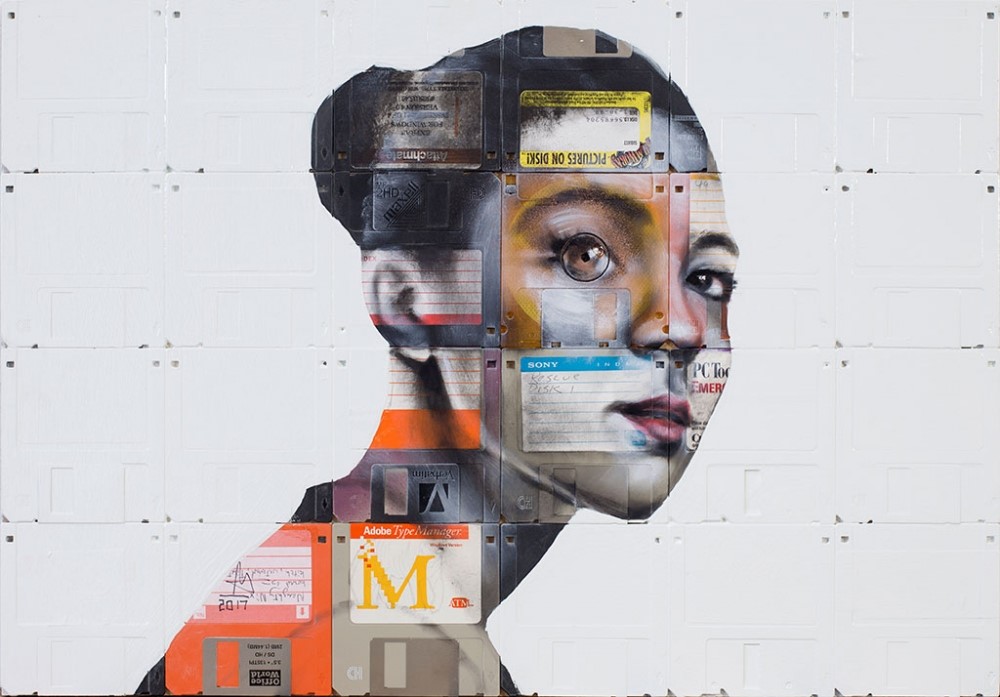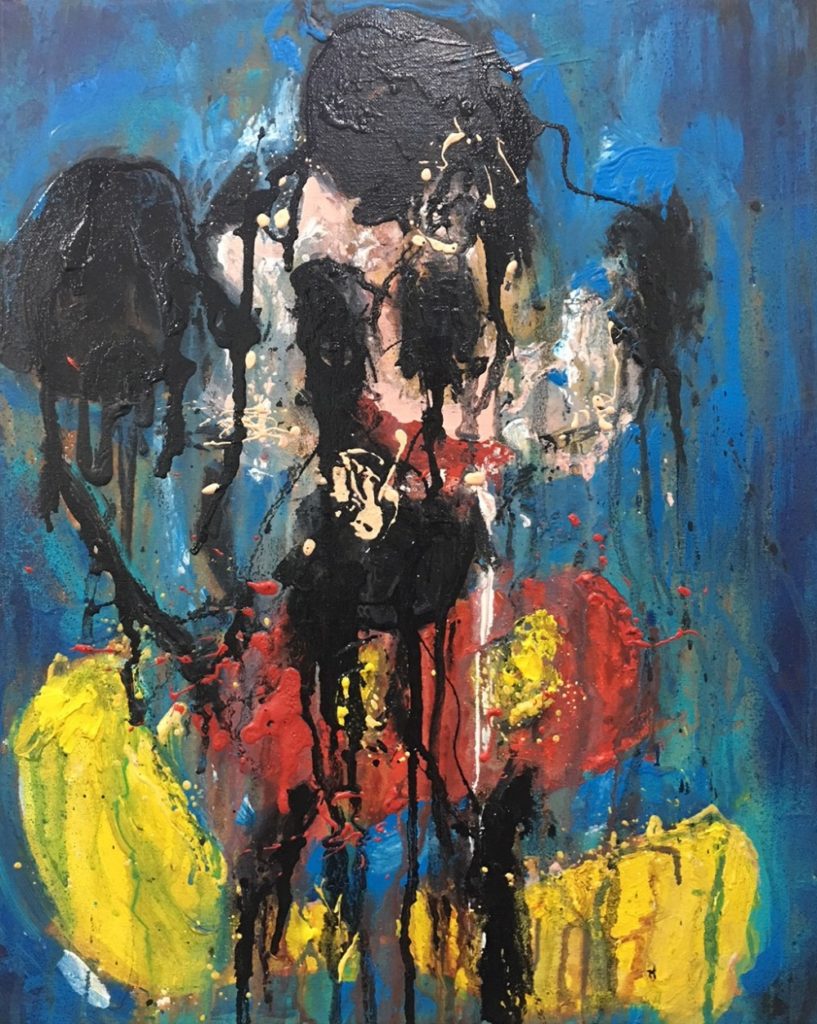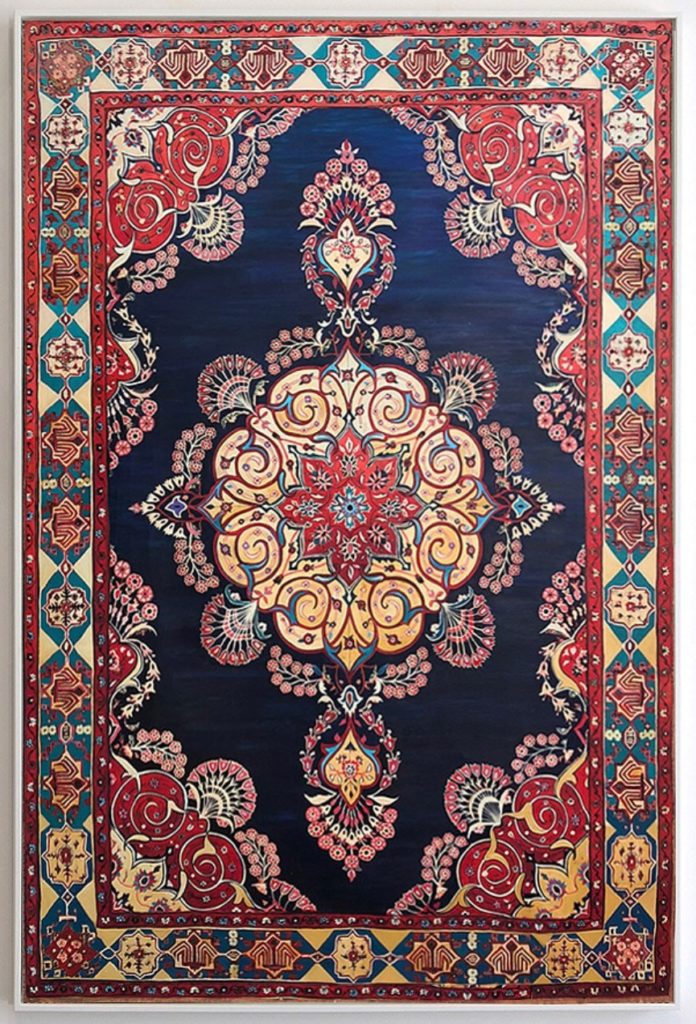artnet Asks: Art Dealer Robert Fontaine on the Moment He Realized He Should Stop Painting and Start Selling


Artnet Gallery Network

Since he first opened his gallery in 2010, Robert Fontaine has become a mainstay on the Miami art scene, known for nurturing the crop of young, up-and-coming artists on his roster, most of whom are Miami-based. The gallery is moving to a new space on Miami Beach next February, and while the construction of that space isn’t finished yet, Fontaine is hosting an exhibition in a 3,000-square-foot pop-up space across the street in the meantime. The show, which is within walking distance of Art Basel Miami Beach, is a survey of the gallery’s collection of works from the postwar period through today and includes artists such as Alex Katz, Helen Frankenthaler, and Francesco Clemente.
Just before the torrent of ABMB-related activity began, Fontaine spoke with artnet News to discuss the exhibition, his previous life as a painter, and some of his favorite non-art spots in the magic city.

Nick Gentry, Digital Montage Number 13 (2017). Oil paint and used computer disks on wood, 15 x 21.25 in. Courtesy of Robert Fontaine Gallery.
You began as an artist before switching to the dealer-side. What was your work like?
I moonlighted as an abstract painter for a while but rarely do I pick up the brush anymore unless I’m throwing another coat of paint on a pedestal. Instead, I’ve adjusted to the reality of sustaining myself as a gallerist. At a certain point, I just began to see my path on the horizon, and it didn’t include art-making. I admire those who can do both painting and selling, but I simply do not have enough hands. My once-colorful paintings became whiter and whiter at a time when my part-time gallery work was becoming more full-time. There are only so many non-color paintings you can make before what painting is simply no longer a painting. I took that as a sign and decided to focus on assisting with the careers of other artists while also diving into the secondary market to sustain the gallery expenses.
In what ways has your experience as an artist informed your work as a dealer?
Having been a studio artist continues to give me the advantage. It’s about perspective: what I sell are not just objects but rather extensions of an idea, tied to someone’s wish to leave a mark on the world. You must have a sense of romance, otherwise you are just another salesman in a sea of black suits.
Your roster of artists includes some big names, but also some lesser-known ones. Who are some of the up-and-coming artists you represent that we should look out for?
I suppose I am not a traditional gallerist, in that way. I have a growing program that splinters in many directions. But I’ve always believed in quality over cachet.
Ashley Oubré, a remarkable painter with an unusual take on hyperrealism is certainly worth watching. So too is London-based painter Nick Gentry, who uses expired and discarded technological objects to create portraits. These two artists have been with my gallery from the beginning, and have taken off. Jason Seife, who is new to our program, is a painter of lifelike tapestries. His canvases have recently caught the eye of some major shakers in the art world. Finally, Anthony Lister, Peter Combe, and, our newest addition, Scooter LaForge are all notable in their own right, and worth keeping an eye on.

Scooter LaForge, Drippy Mouse #5 (2017). Acrylic and house paint on canvas, 16 x 20 in. Courtesy of Robert Fontaine Gallery.
Can you tell me about the pop-up exhibition you’re organizing during Art Basel?
The pop-up exhibition is a survey of works from the postwar period through today. It’s the first exhibition I’ve put on since relocating. Like so many galleries in Miami we had to move due to the madness of rising rents. The Wynwood art district has become hugely overpriced for most of us—now, after six years, the gallery is housed in a temporary exhibition space on Miami Beach as we await our new permanent space to finish being built across the street. With the influx of international collectors who live and holiday on the shores of Miami Beach, several galleries have made the move there. The Bass and Wolfsonian museums are also there.
You’ve operated a gallery in Miami for many years now. How has the city’s art scene changed in your time there?
Historically important museum shows have given the city a real spotlight. And of course Art Basel, in its 16th year now, has had a huge impact. The art scene in Miami has transitioned from a less seasonal platform to a major year-round destination that draws a sophisticated crowd.

Jason Seife, Sundown Syndrome (2017). Acrylic and ink on canvas, 60 x 40 in. Courtesy of Robert Fontaine Gallery.
In your mind, what makes the Miami art scene special and distinct from those of other cities?
It’s not New York, of course. (Although many New Yorker’s are moving here.) Instead, it’s something of a breakaway city—a place with a great deal of opportunity, where it’s easy to drop in and leave from. Miami has a personality all its own, really. A rich Latin undertone has kept the mood from changing to a fast-moving, cold metropolis. Those who visit and do business here seem to succumb to its curious vibe. I love it.
Art Basel opens next week. As a longtime Miamian, do you have any insider recommendations as to some of the non-art things people can do and see while there for the fair?
There are some great places to eat. A well-kept secret by locals is À La Folie Café, a little French spot located on a romantic little street called Española Way.
And this one is obvious, but: Miami Beach—it’s simply my favorite. Go to the beach at night when no one is around—you can see the stars and the neon lights from Ocean Drive in the distance. Get drinks at rooftop top bar at the Betsy Hotel, and brunch at the Raleigh Hotel, where you sit poolside under an old sea grape tree. Finally, a visit to the historic Vizcaya Museum and Gardens is a must.
Robert Fontaine Gallery’s pop-up exhibition will be on view at 1656 Meridian Avenue through February 11, 2018.
